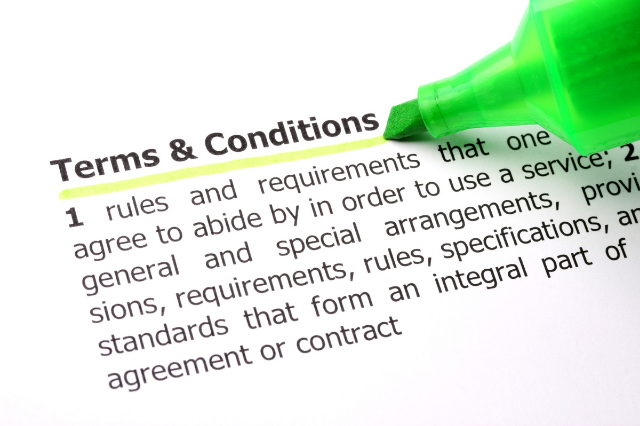What is “battle of the forms”?
“Battle of the forms” is the name given to the situation where two businesses are both trying to get the other to do business on its terms. It occurs when a service provider supplies services on its terms and conditions of sale/supply, but the client wishes to purchase the services on its own terms and conditions of purchase.
What happens
There are various communications flying around during the process of trying to win a client – yours referring to your T&Cs of supply and the client’s referring to their T&Cs of purchase.
For example:
- You issue a quotation which includes wording stating that your T&Cs apply
- The client send back a purchase order which includes wording stating that their T&Cs of purchase apply
- You issue an acknowledgement of order or an invoice – which again may state that your T&Cs apply
The problem is they are likely to say totally opposite things for certain aspects! So the question is when was the contract formed and whose T&Cs apply!
The last shot wins!
The last shot wins: the courts are looking for which party has “accepted” the other’s T&Cs, and to do this they are looking for which party made the last “move” to trade on its T&Cs i.e. “fired the last shot”.
But do you really need your T&Cs to win?
It is desirable for your T&Cs to apply to the contract so that you get the benefit of your limitations of liability etc. However, where the client sends its own purchase order with reference to the client’s T&Cs, your choices are:
- Ignoring the T&Cs referred to in the purchase order and sending your acknowledgement of order and T&Cs to the client in a bid to win the “battle of the forms”. If you negotiate the T&Cs it is likely to show an intention to be bound by them as opposed to trying to win the “battle of the forms”
- Negotiate the T&Cs of the client
Identify if there are any contracts that are so material that you are not prepared to take the risks of the “battle of the forms” and insist on entering into a signed document where the client agrees that your services are subject to your T&Cs.
How to win the battle
- Make sure the last communication between you and the client before you start delivery of the service expressly refers to your T&Cs
- If you are not getting your T&Cs signed, attaching them to the last communication will help, as opposed to simply referring to them
- An acknowledgement of order can be critical – but if the process is displaced by further communications, agreements, emails from the client prior to delivery, which states that services are being provided on the client’s T&Cs, this could mean that business is done on the client’s T&Cs
If you have any questions about this, email alison@law-point.co.uk or call 01202 729444.


